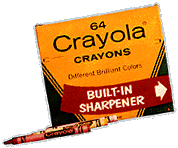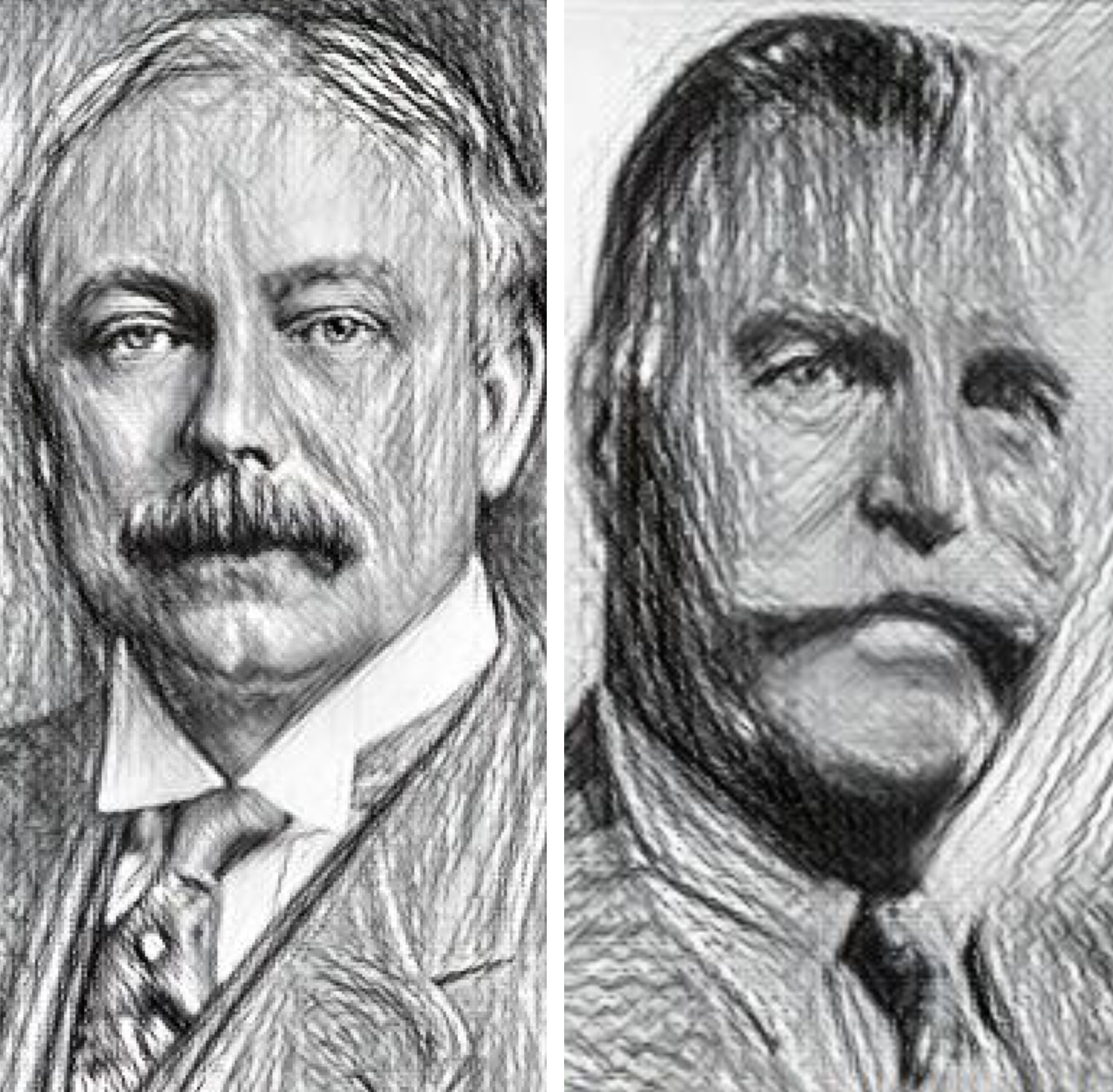Edwin Binney and Harold Smith
Young children express their creativity more than anything else with their box of crayons. This has been true for over a hundred years and is largely due to the efforts of one American company.
Edwin Binney and Harold Smith founded Binney & Smith, Inc. in New York City in the late 1800s. At first, they specialized in industrial colorings, including the pigments that made country barns red and automobile tires black. Later, they began to make slate pencils for students. At the St. Louis World Exhibition in 1902, they won a gold medal for their new product for teachers: the first dustless chalk. While touring schools with these two items, company salesmen saw a need for safe, affordable colored crayons.
Binney & Smith used a combination of paraffin wax and industrial pigments to create crayons that were kid-friendly. In 1903, the first box of eight "Crayola" crayons appeared. (The name "Crayola" means "oily chalk"). They were an overnight success.

Since 1903, Crayola Crayons have expanded on that success in a number of ways. First, there are more colors: the 48-box in 1949, the classic 64-box in 1958, and the 96-color Big Box in 1993. Second, there are more colorers. Today, over 2 billion crayons are sold per year in 60 countries. Crayolas have also changed with the times. In 1962, the color "flesh" was changed to "peach," since not everyone's skin is such a color, and in 1972, fluorescent colors were added to meet popular demand.
Thanks to innovation in manufacturing and marketing, Binney & Smith is still master of the market it created. On February 6, 1996, they produced their 100 billionth Crayola. Kids still love to color with crayons, and they probably always will.
Read a complete history of Crayola here: http://www.crayola.com/about-us/company/history.aspx.


